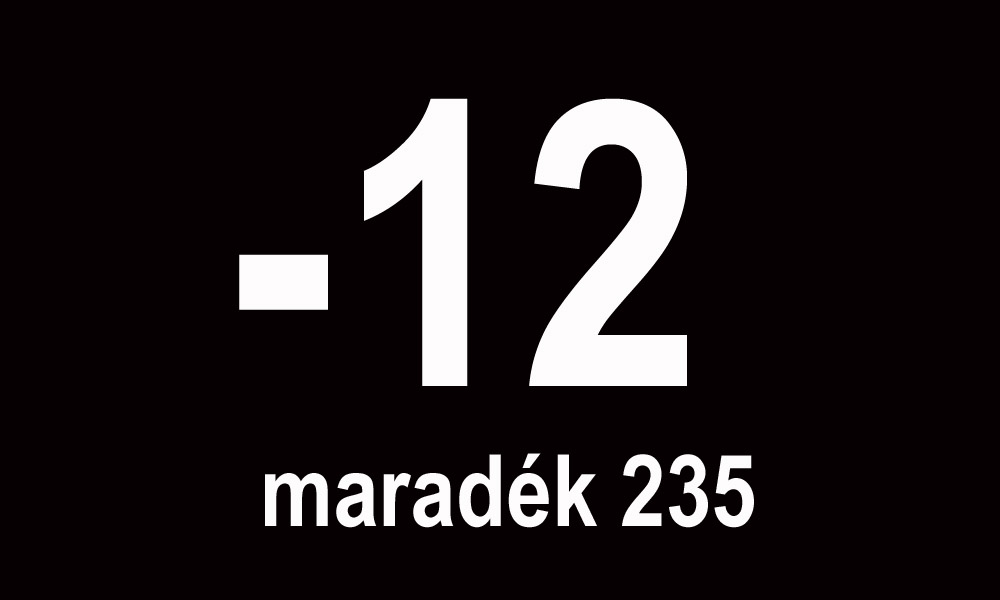This is the first of a five-part series from my Princeton colleague Kim Lane Scheppele, head of the Law and Public Affairs Program.
Hungary: An Election in Question
Part I: The Political Landscape
Kim Lane Scheppele
Princeton University and the Institute for Advanced Studies, Princeton
24 February 2014
Hungary’s parliamentary elections will be held on 6 April. And it is already clear who will win.
Unless something truly surprising occurs, the governing party Fidesz is headed to victory. The only uncertainty is whether it will again win two-thirds of the parliamentary seats, a result that would continue to allow it to change the constitution at will.
Fidesz won the last elections in 2010 fair and square. But this time the election is unlikely to be judged so favorably. The whole election framework – the laws, the institutions and even the new electorate – favors Fidesz because the governing party has used its four years in office with its two-thirds majority in the parliament to redesign every aspect of the electoral system to its advantage.
Fidesz also overwhelmingly dominates the offline media and has closed off almost all avenues through which opposition parties can reach the electorate. New decrees from local Fidesz-affiliated officials around the country and misleading instructions from election officials are creating last-minute campaign obstacles that put the opposition even more on the wrong foot.
Under the new election framework, the allied opposition parties cannot win a parliamentary majority, even if they gain more votes than the governing party. Simultaneously, the changes also make it nearly inevitable that the governing party will keep its two-thirds parliamentary majority even if it gets less than half of the overall vote.
Róbert László of the Political Capital think tank in Budapest shows how Fidesz can win a two-thirds majority with less than half of the party-list vote. His model also predicts that a united center-left opposition would need about 6% more votes than Fidesz to win a simple majority in the parliament.
Central European University Professor Gábor Tóka estimates that, under the new system, a united center-left opposition might get 8% fewer parliamentary seats than Fidesz if both got an equal share of the votes.
Political Capital’s “mandate calculator” permits everyone to try out different models and different assumptions. We tried it here in Princeton and, depending on the assumptions one makes about the nature and shape of the opposition, Fidesz could get its two-thirds majority in parliament pretty easily with only 48% of the vote if the other parties perform as polls indicate they would if the election were held now. If the foreign votes split 85/15 for Fidesz (not unreasonable for reasons I will explain), Fidesz could get its two-thirds with only 44%. If Fidesz wins by the same margin it won last time, with 53% of the party-list vote, it would get 76% of the seats in the parliament instead of the 68% it won under the old system.
In short, Fidesz has designed the election to allow itself to win big, even without majority support. Or, to put it differently, Fidesz has designed the election so that the opposition loses even if it wins.
more: Krugman.blog.nytimes

 MMA countdown – Free Artists welcomes the resigned MMA-members!
MMA countdown – Free Artists welcomes the resigned MMA-members! TRANSZPARENCIÁT!
TRANSZPARENCIÁT!